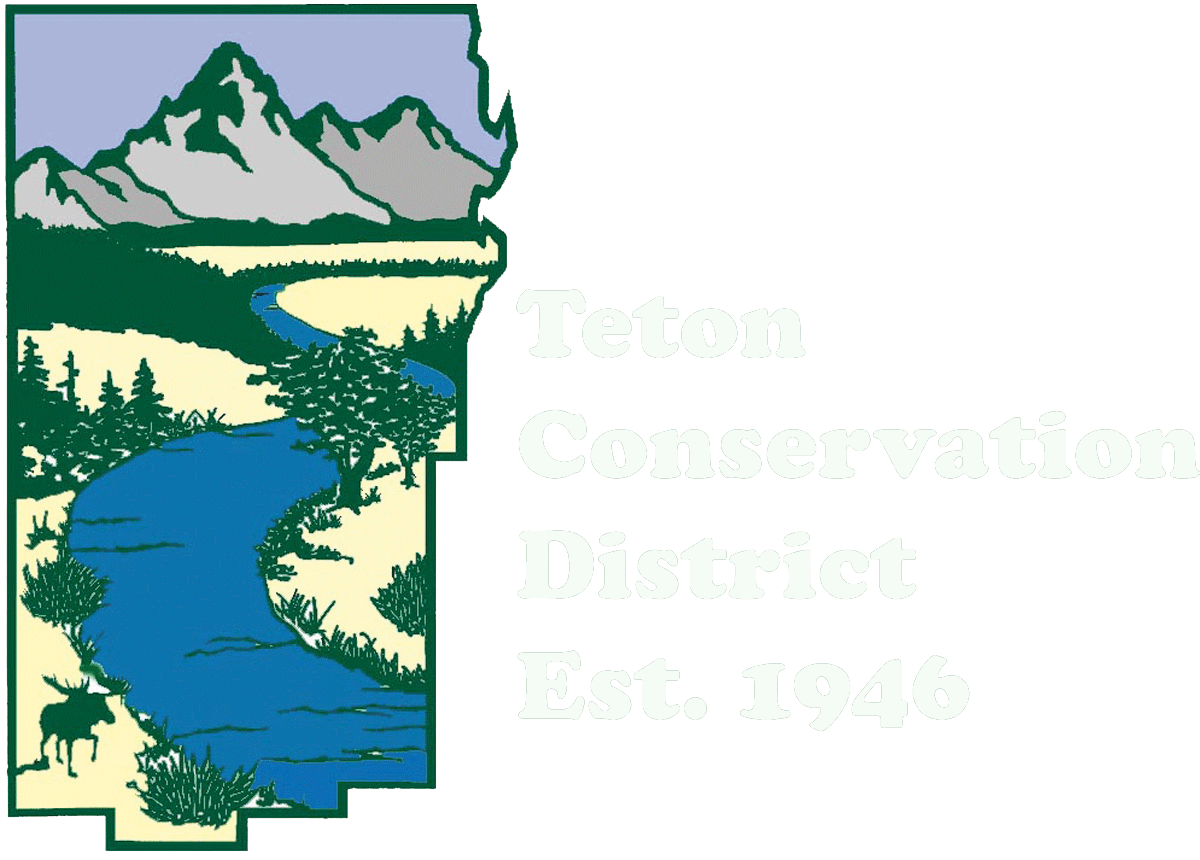Monitoring well installation. Photo courtesy of Nelson Engineering.
After roughly a year and a half of data collection and analysis, the Teton County Septic System Effluent Monitoring Study is complete. Prompted by a community concern that wastewater is a source of contamination in groundwater and surface water, this is the most rigorous study of septic system function performed in the cold temperatures and coarse soils of Teton County.
Teton Conservation District and Teton County contracted Nelson Engineering and Alder Environmental to measure the composition and treatment of wastewater in four residential septic systems and leachfields in Teton County. Funding support was also provided by Protect Our Water Jackson Hole.
The four sites were selected based on age, design records, groundwater depths, and other criteria. “If it sounds like sites were cherry picked to be high-functioning, that is because they were,” says Carlin Girard, Executive Director of Teton Conservation District. “We needed to find systems that were working correctly to assess the function of a standard septic system. We also wanted to have four sites that could be compared as replicates, instead of four different types of systems.”
The four sites were sampled for a range of chemical parameters and pathogens using the same approach every month for two winters and one summer. The results of the study suggest that a properly functioning and well-maintained septic system in Teton County is providing adequate treatment of residential wastewater during the warmer months, while treatment capacity is reduced in the colder months. Each site is unique though and it’s important to have your septic system regularly inspected and pumped to ensure it functions properly.
Removal of nitrogen was of particular interest due to local groundwater contamination concerns. David Lee, Water Resources Specialist at Teton Conservation District, explained that “Across all sites, nitrogen treatment and conversion to nitrogen gas decreased during the cold winter months. We expected this to some extent, but now we have measured it.”
The results of the study were also compared to published results from other peer-reviewed studies. The Teton County sites performed differently from each other, but in general were comparable to published results, and often performed better than published results.
The study can help inform how to build and maintain septic systems in our environment, and the results are informing Teton County’s ongoing Water Quality Master Plan effort. The study also builds upon Teton Conservation District’s previous Septic and Sewer Mapping Project and Drinking Water Quality Mapping Project.
Winter well monitoring. Photo courtesy of Alder Environmental.
The study recommends owners of septic systems consider these practices or modifications:
Monitoring well installation. Photo courtesy of Nelson Engineering.
Insulate the septic tank and pump chamber to retain heat from household wastewater and reduce the cooling effect of frozen ground.
Don’t place the septic tank and pump chamber under plowed surfaces without additional insulation.
Use infiltrators or chambered designs over gravel pit designs and increase soil cover above the leachfield to 1.5 to 2 feet, if possible.
Leak test septic tank and pump chamber after construction.
Pump and inspect the septic tank every 3-5 years.
Close leachfield vents in winter.




